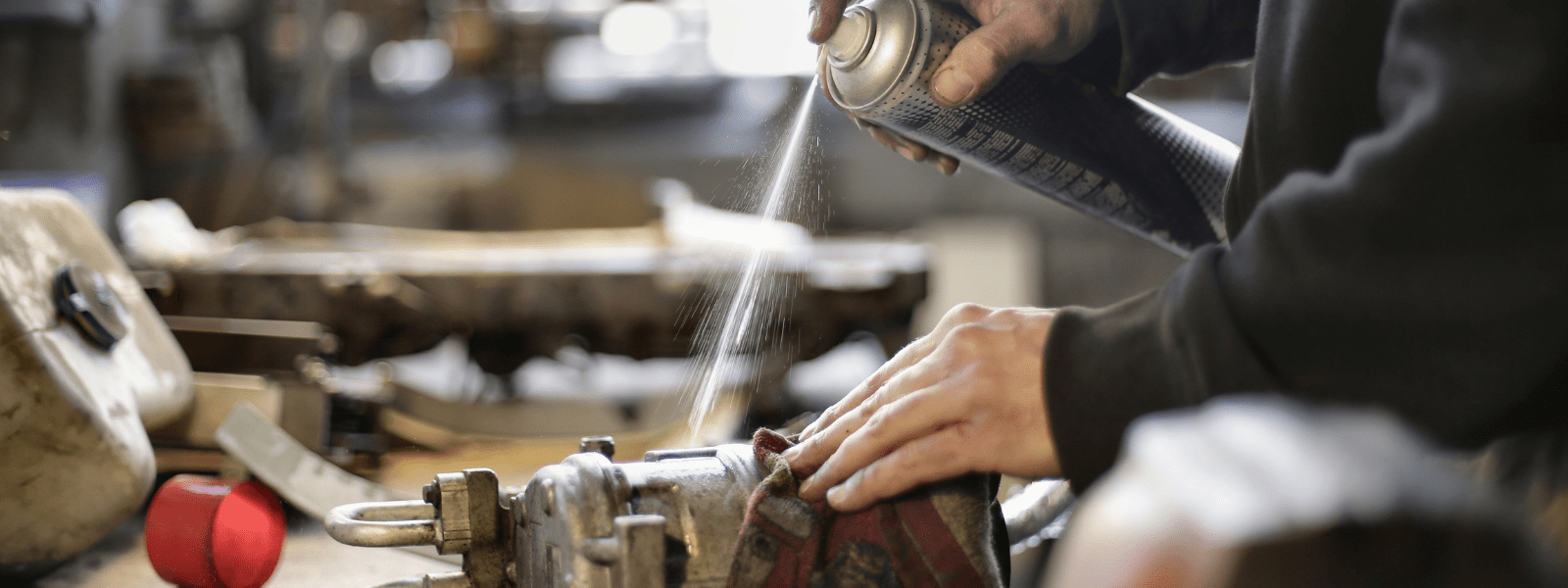Wood Alcohol (Methanol): Everything You Need to Know Updated: December 4, 2025 Wood alcohol, also known as methanol or CH?OH, has many purposes. ...
Blog


CHEMICAL INDUSTRY NEWS
Chemical Chat – Discover What’s New!
Going Green: Exploring Non-Toxic Degreasers for a Sustainable Clean
If you are part of an industry that utilizes traditional toxic degreasers, you might be looking to make an environmentally preferred change that...
How Ecolink 4005 can help with preventative maintenance
Solvents are chemicals designed for a multitude of industrial practices, ranging from degreasing to extraction. An example of an industrial process...
The Future of Cleaning: Exploring Environmentally Friendly Solvents
In recent years, it has become increasingly important to prioritize environmentally preferred solutions and...
Going Green: Exploring Non-Toxic Degreasers for a Sustainable Clean
If you are part of an industry that utilizes traditional toxic degreasers, you might be looking to make an...
Company News

Managed Services
Discover the Latest in Safe and Sustainable Chemical Solutions
Stay informed with Ecolink’s blog! Subscribe now
Chemical Management Information
Stay updated with us
Sign Up for the Latest Updates
Stay informed about chemical supply chain disruptions and emerging innovations to keep your business at the forefront of efficiency and innovation. Uncover new ways to make your business practices more sustainable by incorporating safer products into your cleaning lineup.


























